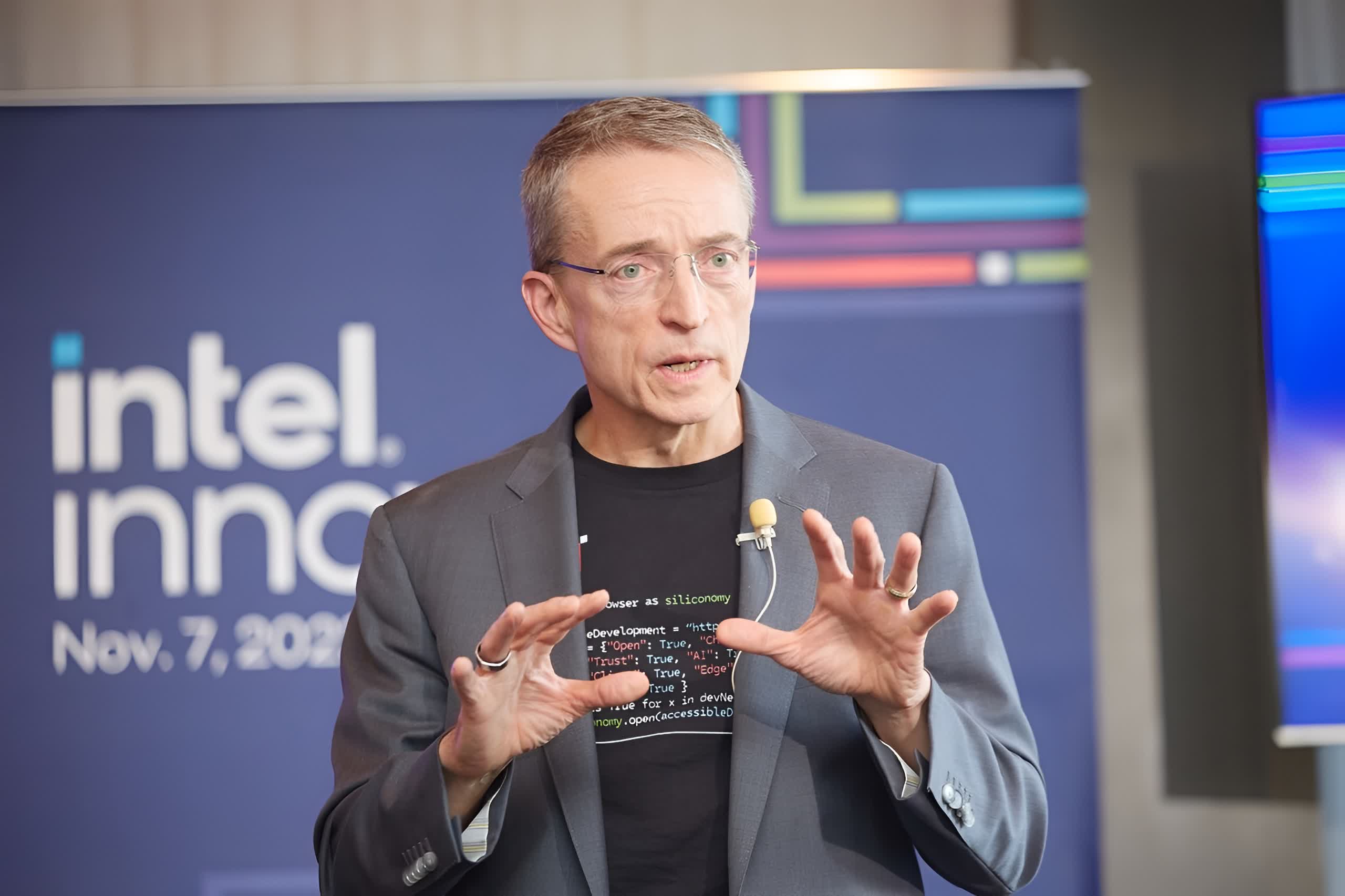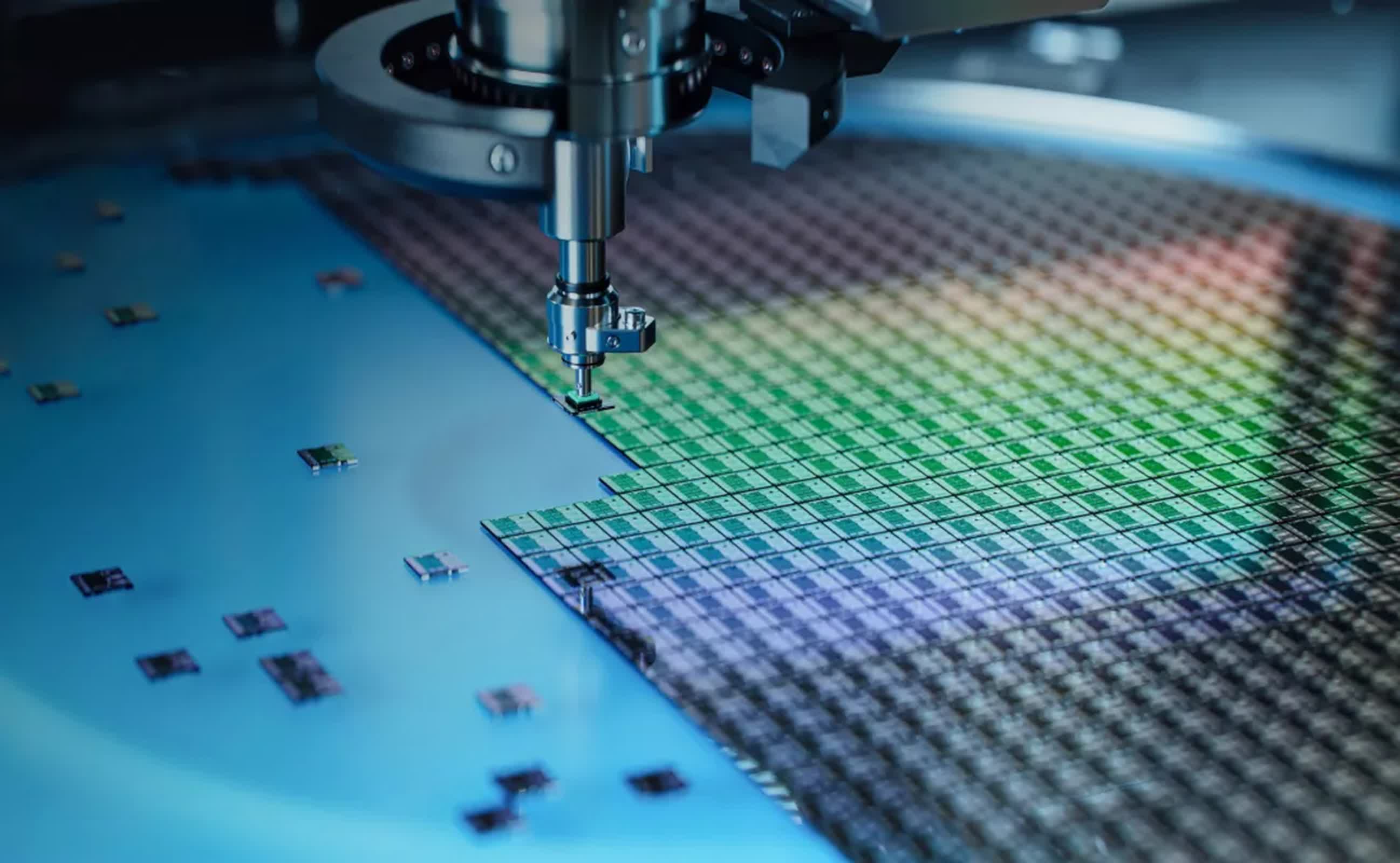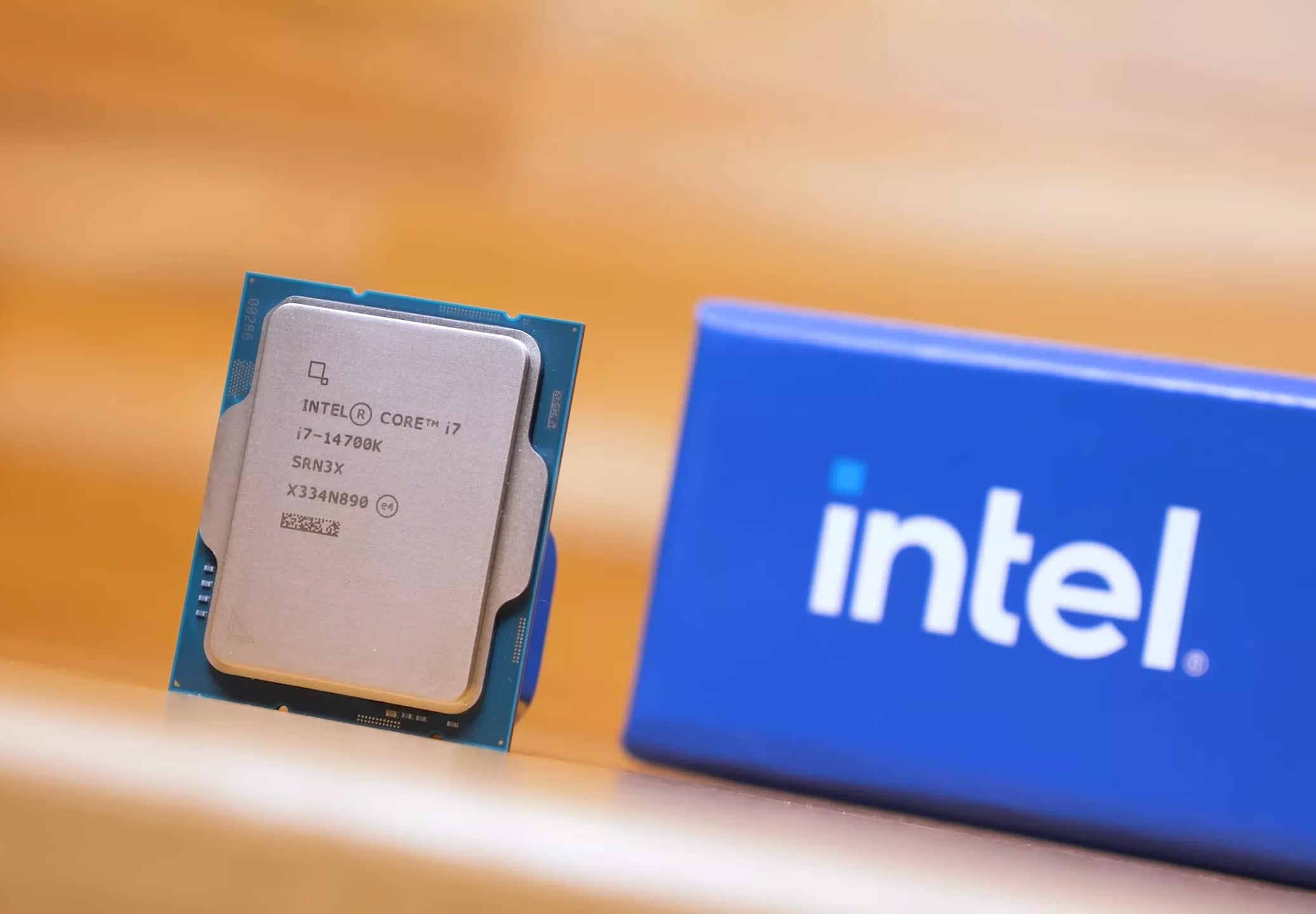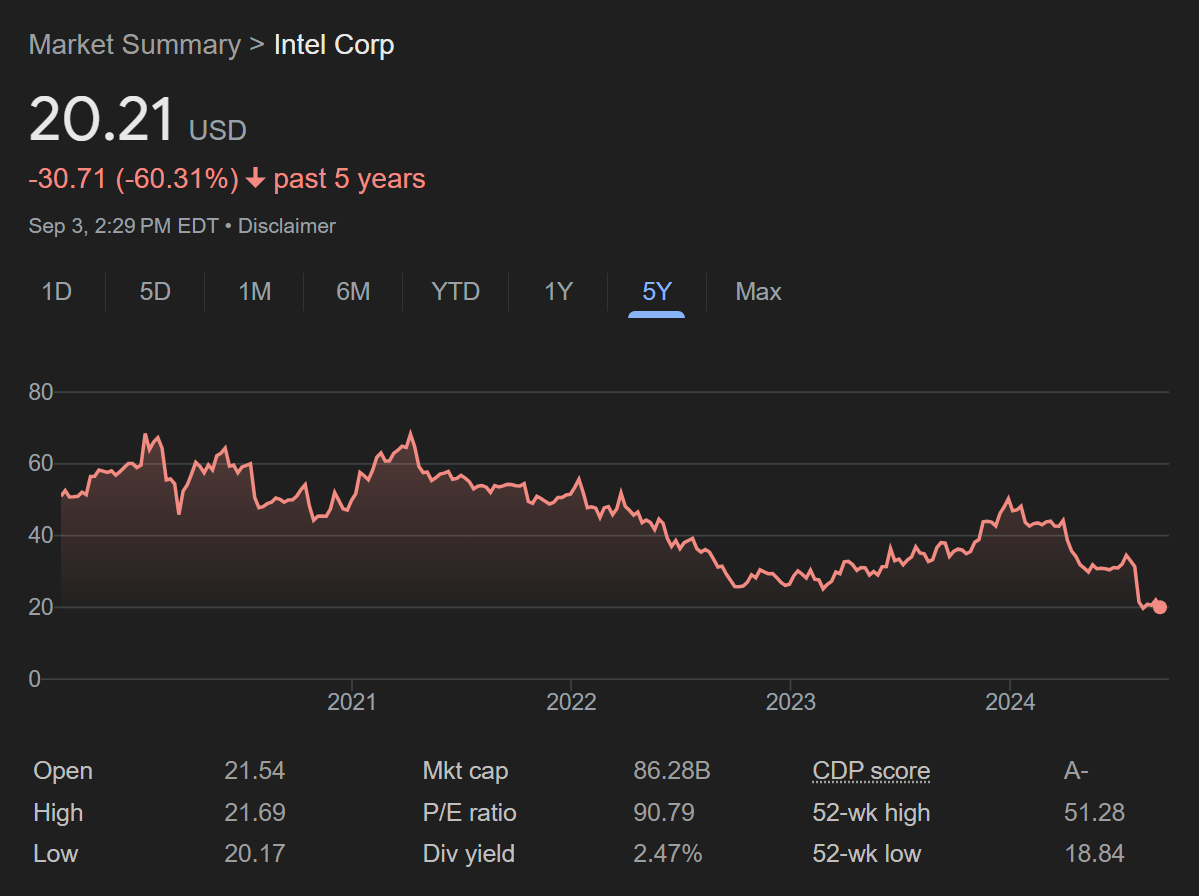Over the weekend, Reuters' Max Cherney and Milana Vinn broke the story that Intel's management team will present a new restructuring plan to its Board next week. The plan reportedly includes further cost cuts, reductions in force, a delay of the fab in Germany, and the sale of FPGA-unit Altera. All of this sounds pretty terrible, but it could be worse. The plan does NOT include splitting the company in two.
We have no idea what is really going on behind the scenes at Intel, and we certainly have no hard information about who is planning what, but a few things seem very likely.
First, the company almost certainly has activist investors circling. They seem very likely to propose splitting the company in two – Products and Foundry. This is just copy and paste from Activist 101 – it makes sense in Excel but not on the ground. But the actual details of their plan matter less at this point than the mere potential for some outside group to take action.
Editor's Note:
Guest author Jonathan Goldberg is the founder of D2D Advisory, a multi-functional consulting firm. Jonathan has developed growth strategies and alliances for companies in the mobile, networking, gaming, and software industries.
To fend this off, management needs to be seen to have a plan of their own. The company needs about 2 years and some big amount of money to turn itself around. For them to afford that – both the money and the time – they will need to convince the Board, and possibly shareholders, that their plan has merit. We have no idea who Reuters' sources are, but we would not be surprised if it is someone who had a hand in formulating the plan. Intel management needs the world to know it has a plan. And ideally, the plan is strong enough to scare away the activists.
The problems at Intel are big enough and high-profile enough that there is effectively blood in the water.
Unfortunately, that is unlikely to be the case. The problems at Intel are big enough and high-profile enough that there is effectively blood in the water. It is going to take more than the outlines of a plan to stave off an attack.
Regrettably, it is hard to see any of this adding much value. As we've noted before (and again today, read further down below), splitting Intel in two is not a good idea at this point. The two sides are too closely intertwined; pulling them apart risks killing both sides.
Recall that after AMD split, it took their product side almost five years to find its footing, and GlobalFoundries needed almost ten years and completely fell off Moore's Law in the process. Intel is much bigger and much more dependent on its fabs than AMD was at that point.
The worst part is that just the act of fighting off the activists is likely to cause more harm than good. We are not big fans of what we have heard of the current plan. Beyond the obvious immense distraction this will cause for the management team, most of those actions sound very short-term minded. For instance, selling Altera to a strategic buyer would generate cash right now, but that buyer knows Intel is hosting a fire sale and will negotiate accordingly.
Spinning it off next year and then gradually selling down their stake would have been a more profitable path. Delaying the plant in Germany sounds equally bad. It took a lot of work to get to this point with the German government; we can only imagine that a delay or cancellation now will have pretty serious consequences down the road. And more headcount reductions? For us, the biggest problem that Intel faces is its need to fix its internal culture – mass firings are a really bad way to bring that about.
Staying the course

Back in May, we wrote a piece about the crazy idea that Broadcom could buy Intel. To be brutally honest, we were mostly kidding. That piece could politely be labeled a thought experiment; our real intent was to point out the fact that Intel Foundry's customers will know before the public markets do about the capabilities of Intel's manufacturing processes, and since that will largely determine Intel's fate, there was possibly a good trade to be made.
A lot has happened since then, and we still do not think Broadcom would actually buy Intel, but with so much going on, a look at the math might be useful now.
So we dusted off the big guns and brought out our full-blown M&A accretion/dilution model. We have used this model for years to gauge the affordability of any proposed deal. With our model, we can analyze different structures of payment – all cash, all stock, or 50/50. The model is designed to show the EPS impact on the acquiror, and from that we can make a guess on share price impact. Although, the numbers are only going to be part of the story.
Put simply, this will be a tough deal for Broadcom to afford. Intel is barely making money this year, and prospects for next year do not look great. On top of that, Broadcom has just closed its biggest deal yet, the acquisition of VMware, and consequently has a heavy debt load. There is no way the deal would be accretive in year 1; Intel's profits are just not sufficient. This deal would be read as dilutive by the Street, even if it might be slightly accretive by the end of 2025.
Bankers have a solution for this sort of math – synergies. How much will the combination of the two companies generate in cash flow that would not be available if the two companies remained separate?

Normally, this is not a great way to build a case for an acquisition, as it is so speculative that the Street tends to completely discount the synergy numbers. But this is Broadcom, whose core competency is eliminating costs. Last year, Intel had $21 billion in operating expenses, which it says it will now cut to $20 billion in 2024 and $17.5 billion in 2025. Broadcom would likely come up with more cost savings; we looked at the model with a few billion dollars in synergies in 2025. At $3 billion, the deal would be breakeven, and at $4 billion in synergies, it would be mildly accretive by 2025.
To be clear, this is not easy. Broadcom would almost certainly have to pay in stock; adding much debt to the deal would push their credit metrics into uncomfortable territory. And beyond just the mechanics of a deal, Intel Foundry's funding needs and the whole company's uncertain prospects would make this a very risky proposition for Broadcom, contravening many of the principles that have guided their acquisition strategy for years.
The problem anyone would have in acquiring Intel at this point is that there are no easy solutions, and the least bad plan is the one the company is implementing. We have to imagine that after last quarter's results, activist investors are taking a look at the company.
The problem they will face is that their usual playbook is not going to work here. Many activist deals hinge on the idea that companies can be split up and sold for parts. This idea has been circling around Intel for years; we wrote about the idea back in 2018, but by 2020 we came to realize that was not a good idea.
Splitting Intel products from Intel Foundry is an idea that looks good in Excel but really bad on the ground. The two entities are just too closely coupled. Maybe somewhere down the road, in the next decade, when both sides are healthy again, the Street can revisit that idea. For now, the company needs time to right the ship. That will take time, but there are no better options available.

